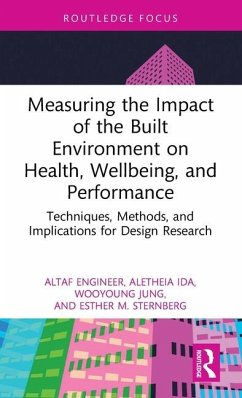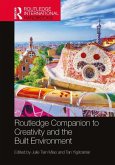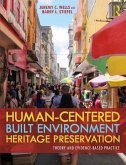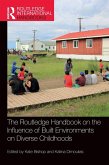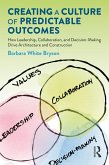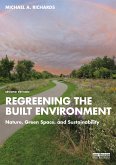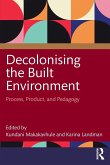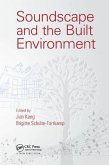This book reveals how subjective and objective data gathered by innovative methods of measurement give us the ability to quantify stress, health, performance, and wellbeing outcomes in different built environments. Design interventions informed by these measures, along with innovative integrated building materials, can shape the character of built environments for better health, productivity, and performance. These measures can help employers and managers calculate the return on investment (ROI) of various design interventions.
Areas of inquiry in health and the built environment are discussed in three parts: Part 1 - Fundamentals: Human, Environment, and Material Measures for Health and Wellbeing; Part 2 - Methods: Measurement Techniques, Tools, and Methods for Health and Wellbeing; and Part 3 - Applications: Case Studies and Future Directions. The rapid pace of technical innovation and entrepreneurship by interdisciplinary research teams in health and the built environment has created a need for more publications such as this book, which discuss latest tools and methods of measuring the effects of the built environment on human physiology and psychology. Emerging tools and techniques are introduced for this field of built environment design, including virtual reality immersive environments and fisheye lens photograph simulations for human wellbeing impact measures integral to the design process. The potentials and limitations of bio responsive material systems and integrated sensing devices with wearable technologies linked to the Internet of Things are discussed in relation to human wellbeing performance improvements.
The book provides both the foundational knowledge and fundamentals for characterizing human health and wellbeing in the built environment as well as emerging trends and design research methods for innovations in this field. It will be of interest to researchers, educators, and students of architecture, interior design, and integrative medicine, as well as professionals working in health and the built environment.
Areas of inquiry in health and the built environment are discussed in three parts: Part 1 - Fundamentals: Human, Environment, and Material Measures for Health and Wellbeing; Part 2 - Methods: Measurement Techniques, Tools, and Methods for Health and Wellbeing; and Part 3 - Applications: Case Studies and Future Directions. The rapid pace of technical innovation and entrepreneurship by interdisciplinary research teams in health and the built environment has created a need for more publications such as this book, which discuss latest tools and methods of measuring the effects of the built environment on human physiology and psychology. Emerging tools and techniques are introduced for this field of built environment design, including virtual reality immersive environments and fisheye lens photograph simulations for human wellbeing impact measures integral to the design process. The potentials and limitations of bio responsive material systems and integrated sensing devices with wearable technologies linked to the Internet of Things are discussed in relation to human wellbeing performance improvements.
The book provides both the foundational knowledge and fundamentals for characterizing human health and wellbeing in the built environment as well as emerging trends and design research methods for innovations in this field. It will be of interest to researchers, educators, and students of architecture, interior design, and integrative medicine, as well as professionals working in health and the built environment.

